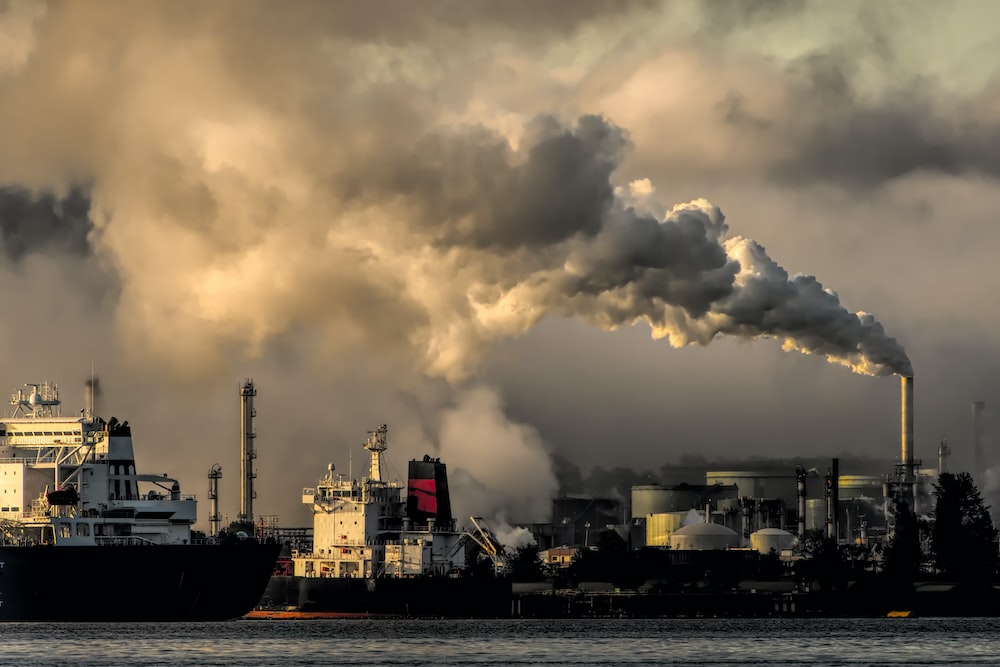Clearing the Air: The Imperative of Air Pollution Control in Industries

Introduction
As industries continue to play a pivotal role in powering economies and driving technological advancements, their environmental impact cannot be overlooked. Among the most pressing concerns is air pollution, which poses a significant threat to both public health and the planet’s well-being. The need for robust air pollution control measures in industries has never been more urgent. This article delves into the importance of air pollution control, discusses key pollutants, and explores effective strategies that industries can adopt to mitigate their air quality impact.
The Gravity of Air Pollution
Air pollution is a complex and multifaceted challenge that arises from various sources, with industries being a major contributor. Harmful emissions from factories, power plants, refineries, and manufacturing facilities release a cocktail of pollutants into the atmosphere. These pollutants include particulate matter (PM), sulfur dioxide (SO2), nitrogen oxides (NOx), volatile organic compounds (VOCs), and heavy metals. Once released, these pollutants can lead to a host of environmental and health problems, including respiratory diseases, cardiovascular issues, global warming, and ecosystem degradation.
Key Pollutants and Their Effects
- Particulate Matter (PM): These tiny particles suspended in the air can enter deep into the respiratory system, causing or exacerbating respiratory diseases. PM also contributes to reduced visibility and can carry toxic chemicals.
- Sulfur Dioxide (SO2): SO2 emissions result from burning fossil fuels containing sulfur, primarily coal and oil. SO2 contributes to acid rain, which harms aquatic ecosystems, forests, and soil quality. It can also worsen respiratory conditions in humans.
- Nitrogen Oxides (NOx): NOx emissions are a product of combustion processes, such as those occurring in vehicle engines and industrial boilers. They are a precursor to ground-level ozone and smog, which can harm lung function and aggravate asthma.
- Volatile Organic Compounds (VOCs): VOCs are emitted from various industrial processes, including painting, chemical manufacturing, and fuel production. They play a significant role in the formation of ground-level ozone and contribute to air toxics, which have serious health effects.

Effective Air Pollution Control Strategies
- Adopting Clean Technologies: Transitioning to cleaner production methods and utilizing advanced technologies can significantly reduce emissions. This includes incorporating renewable energy sources, improving combustion efficiency, and implementing cleaner manufacturing processes.
- Regulatory Compliance: Stringent air quality regulations can serve as a powerful incentive for industries to invest in pollution control measures. Governments can set emission standards, cap emissions, and impose penalties for non-compliance.
- Emission Monitoring and Reporting: Implementing real-time emission monitoring systems allows industries to track and manage their pollution output accurately. This data-driven approach facilitates proactive decision-making and rapid response to irregularities.
- Investing in Research: Continued research into air pollution control technologies and their impact is crucial for developing innovative solutions. This includes exploring advanced filtration methods, catalytic converters, and waste-to-energy conversion processes.
- Promoting Circular Economy: Embracing the principles of a circular economy can lead to reduced waste generation and emissions. Reusing and recycling materials can minimize the environmental footprint of industries.
Conclusion
Air pollution control in industries is not just an environmental obligation; it’s a moral responsibility to safeguard public health and protect the planet for future generations. By implementing effective strategies to mitigate air pollution, industries can contribute to cleaner air, healthier communities, and a more sustainable future. Through a combination of technological innovation, regulatory support, and collective action, we can pave the way for industries that thrive while minimizing their impact on the air we breathe.







